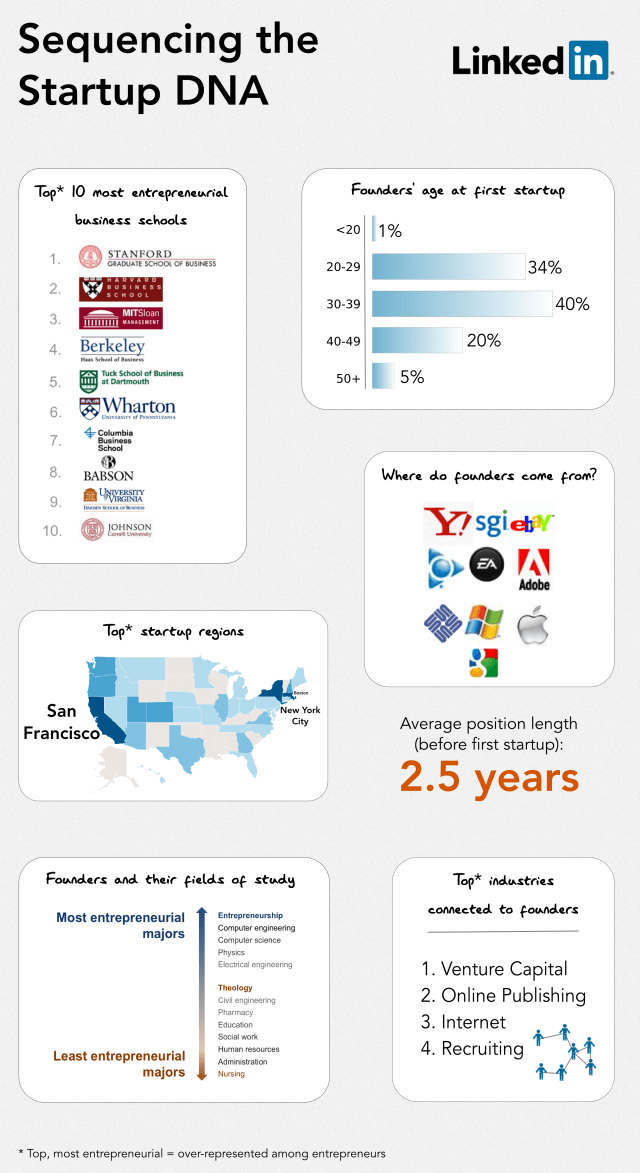Book excerpt from Buy-IN: Saving Your Good Idea from Getting Shot Down
By John P. Kotter and Lorne A. Whitehead
Fear mongering

This kind of attack strategy is aimed at raising anxieties so that a thoughtful examination of a proposal is very difficult if not impossible. People begin to worry that implementing a genuinely good plan, pursuing a great idea, or making a needed vision a reality might be filled with frightening risks—even though that is not really the case.
There are all sorts of ways to create fear. You have seen a half dozen in the library story. The trick is to start with an undeniable fact and then to spin a tale that ends with consequences that are genuinely frightening or that just push the anxiety buttons we all have. The logic that goes from the fact to the dreadful consequence will be wrong, maybe even silly. A story that reminds us of scary events in the past may not be a fair analog, but it can be effective in bringing up unpleasant memories. Pushing anxiety buttons is manipulative in the worse sense of the word. But it can be an effective tactic.
Once aroused, anxieties do not necessarily disappear when a person is confronted with an analytically sound rebuttal. If humans were only logical creatures, this would not be a problem. But we are not. Far from it….
We see this problem all the time when people are trying to help an organization deal with a changing environment or to exploit a new and significant opportunity. In one typical case, a sizable change was needed inside a firm. With effort, some people did develop an innovative vision of what changes would be needed and a smart strategy of how to make those changes. Then, in trying to explain this to others and achieve sufficient buy-in, the initiators ran into someone who noted (correctly) that the last time they tried a big change (in their case, the "customer centric" initiative), they were unsuccessful, and some of the consequences (impossible workloads for a while, a few good people's careers derailed) were very unpleasant. Anxiety began to grow as others used the wordscustomer centric again and again. No one made a perfectly logical case for how the historical and current situations were comparable. But that didn't matter. An undercurrent of fear became a riptide, and the new change vision and strategies never gained sufficient buy-in to make the change effort successful.
Even if most people see an anxiety-creating attack for what it is, if those who don't see the fallacy of the logic constitute more than a small percentage of a group, you might still have a serious problem that must be handled with care. Even a single smart or credible person, if made fearful, can be tipped not only toward opposing a proposal, but also toward using attack tactics that tip still more people. Anxiety then builds like an infection.…
People use fear-mongering strategies with voices that are beastly or, more often, ones that are oh-so-innocently calm. People can know very clearly what they are doing and why, or they can be completely oblivious to the way they're acting. One doesn't have to be an unethical or a self-serving person to use a strategy that raises anxieties and kills off a good idea. And that fact has huge implications regarding what you must do to deal effectively with fear mongering and all the other attack strategies (more on that soon).
Delay
There are questions and concerns that can kill a good proposal simply by creating a deadly delay. They so slow the communication and discussion of a plan that sufficient buy-in cannot be achieved before a critical cut-off time or date. They make what may seem like a logical suggestion but which, if accepted, will make the project miss its window of opportunity. Death-by-delay tactics can force so many meetings or so many straw polls that momentum is lost, or another idea, not nearly as good, gains a foothold….
Death by delay can be a very powerful strategy because it's so easy to deploy. A case is made that sounds so reasonable, where we should wait (just a bit) until some other project is done, or we should send this back into committee (just to straighten up a few points), or (just) put off the activity until the next budget cycle. With a delay strategy, attention can be diverted to some legitimate, pressing issue, the sort of which always exists. There is the sudden budget shortfall, the unexpected competitor announcement, the dangerous new bill put before the legislature, the growing problem here, the escalating conflict there. These can require immediate attention, but rarely 100 percent of people's attention.
With death by delay, the point is to focus people 100 percent on the crisis so that a good idea is forgotten or crucial communication is lost. Growing momentum toward buy-in then slows to the point that it can never be regained. We recently saw a version of this, which you might call the "we have too much on our plate right now" argument. It is possible to have too many projects, where clearly any recommended action should be cutting back, not adding more. But in this case, the proposal was for a very innovative automotive parts product, and no one could have logically defended the superior worth of all the other projects in the works. But those who were running some of the current programs, and receiving considerable resources for doing so, correctly saw the new proposal as a threat, which they successfully killed with a too-much-on-our-plate-right-now bullet.
Because it is so easy to use, death by delay is a weapon available to nearly anyone, which makes it particularly dangerous. Yet, as with the other three attack strategies, the many little bombs it creates can all be defused.
Confusion
Some idea-killing questions and concerns muddle the conversation with irrelevant facts, convoluted logic, or so many alternatives that it is impossible to have the clear and intelligent dialog that builds buy-in.
Heidi Agenda hit Hank with "what about, what about, what about?" With that attack, it's easy for a conversation to slide into endless side discussions about this and that, and that and this, and don't forget about . . . Eventually, people conclude that the idea has not been well thought out. Or they feel stupid because they cannot follow the conversation (which tends to create anger, which can flow back toward the proposal or the proposer). Or they get that head-about-to-burst feeling, which they relieve by setting aside the proposal or plan.
Some individuals can be astonishingly clever at drawing you into a discussion that is so complex that a reasonable person simply gives up and walks away.… A confused person might still vote yes, but only to stop the conversation and with no commitment toward making the idea become a reality.
A complex topic is not needed for a confusion strategy to work. Even the simplest of plans can be pulled into a forest of complexity where nearly anyone can become lost. Statistics can be powerful weapons, used not to clarify but to bewilder. "You are trying to solve a problem that doesn't exist. Just look at this [twenty-two-page] spreadsheet. I think if we study it closely . . ." Complex stories, about which most people do not know the details, can be lethal. "What about the Teledix project [which no one has ever heard of] and the competitive strategy we have for the TX line of products [a strategy that half the people in the room know nothing of]? I worry that the interaction of Teledix, TX, and this proposal will hurt third-quarter income, at least in Asia, which would be very bad. Don't you think so?"…
We recently watched a presentation communicated in PowerPoint slides, all sixty-eight of them, and many in impossible-to-read small print.… The slide deck "demonstrated" why a proposal to allocate many more resources to building a firm's business in Europe went too far. The document is incomprehensible (we have yet to find anyone in that firm who can explain it clearly), but it has successfully undermined support for a plan that is probably a very good one.
Ridicule (or character assassination)
Some verbal bullets don't shoot directly at the idea but at the people behind the idea. The proposers may be made to look silly. Questions may be raised about competence. Slyly or directly, questions can be raised about character. Strong buy-in is rarely achieved if an audience feels uneasy with those presenting a proposal.…
Without even saying the words, a question is raised about whether you are smart enough to have done careful homework on a problem, or visionary enough to see better alternatives….
Questions and concerns based on a strategy of ridicule and character assassination can be served with a dramatic flourish of indignation, but more often are presented with a light hand. There is a sense that the attacker feels awkward even bringing up a subject, but he nevertheless feels it is his duty to ask whether George's dinners with his admin assistant might . . . No, no, that wasn't fair. Forget I said that.
The ridicule strategy is used less than the others, probably because it can snap back at the attacker. But when this strategy works, there can be collateral damage. Not only is a good idea wounded, and a person's reputation unfairly tarnished, but all the additional sensible ideas from the proposer might have less credibility, at least until the memory of the attack fades. 
 for employees; they work really well for CEOs also. Imagine for a moment being the CEO. It’s your responsibility to make good decisions that are best for the company as a whole. While you may have a terrific senior management team and a highly engaged board of directors, the people giving you advice also have a personal stake in the outcome. As a CEO, I’m not suggesting you don’t listen to your senior people or your board, who are in most cases (hopefully) sincerely offering their best input and counsel, but it begs this question: Would a CEO also benefit from being asked tough questions and receiving counsel from fellow CEOs, who have no personal vested interest in the outcome? As you may have guessed, Vistage member CEOs have been answering yes to this question since 1957. Here are five benefits (among others of course), a CEO will realize by regularly engaging with a group of his/her peers:
for employees; they work really well for CEOs also. Imagine for a moment being the CEO. It’s your responsibility to make good decisions that are best for the company as a whole. While you may have a terrific senior management team and a highly engaged board of directors, the people giving you advice also have a personal stake in the outcome. As a CEO, I’m not suggesting you don’t listen to your senior people or your board, who are in most cases (hopefully) sincerely offering their best input and counsel, but it begs this question: Would a CEO also benefit from being asked tough questions and receiving counsel from fellow CEOs, who have no personal vested interest in the outcome? As you may have guessed, Vistage member CEOs have been answering yes to this question since 1957. Here are five benefits (among others of course), a CEO will realize by regularly engaging with a group of his/her peers:




























